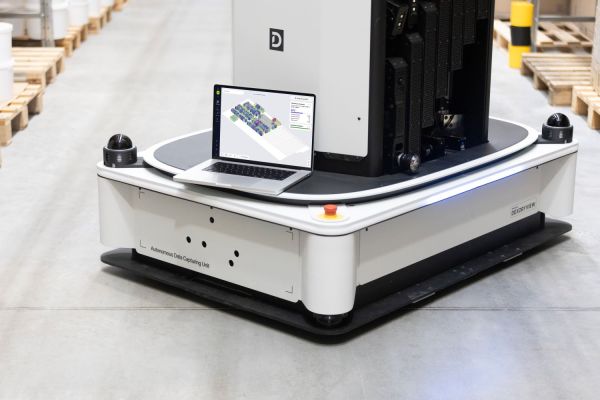On the one hand, it has allowed us to increase data transfer speeds and offer ultra high definition (UHD) content, virtual reality (VR) applications or augmented reality (AR) experiences.
On the other hand, it has enabled the massive deployment of sensors, the Internet of Things (IoT) or the growth of Big Data services. It has also allowed us to have very low latency connections and increase network availability up to 99.99% of the time, enabling uninterrupted communications. However, this network alone is not enough to meet the performance demands of the latest generation of technology, so new technologies such as Edge Computing need to come into play.
What is Edge Computing?
So, are we clear on what Edge Computing technology is and how it relates to 5G connectivity? To fully understand what edge computing is, it is first necessary to understand how cloud computing, also known as cloud computing, works.
Cloud computing is the storage and processing of data over the internet. To put it very simply, we can say that instead of running applications and storing data on local servers, Cloud Computing allows us to access different resources that are located on remote servers and that we access thanks to the internet.
Edge Computing is an evolution of Cloud Computing carried out to bring data processing and storage as close as possible to the edge of the network, that is, to the place where the data is being generated. In other words, it is about bringing the cloud closer to the user, allowing capabilities that were previously on a distant server to be moved much closer to devices and the end user, reducing both bandwidth usage and latency.
Edge computing and fifth generation mobile networks
The combination of 5G and edge computing technology offers several key advantages, and although they are two very different technologies, their nature makes them complementary. As mentioned above, 5G increases data transfer speeds compared to its predecessor, 4G, while edge computing reduces the round-trip distance between the device and the data centre by minimising latency. The combination of these two technologies facilitates a smoother and more efficient user experience, especially in applications that require real-time data processing, such as augmented reality, digital health and smart cities.
Advantages of edge computing
The combination of edge computing with near-zero latency enables services to be brought to the cloud that previously needed to run on devices or on a local intranet, thereby saving costs and enabling faster deployment.
Bringing processing power as close as possible to where the data is being generated allows server capabilities to be virtualised and enables processing power to occur on those edge devices
The advantage that edge computing offers is that by moving capabilities that were previously located further away (in a cloud server), similar functions can increase speed, reduce latency and thus multiply the possibilities.
Thus, the benefits of low latency are combined with the flexibility, availability, scalability and efficiency of the cloud.
Another advantage of this technology is that it increases risk control by facilitating the administration of networks, thereby reducing failures that may occur in local sub-networks.
Likewise, by having its own infrastructure, edge computing enables consistent management of applications in both the private cloud and the public cloud.











